The first Seder of Passover at Bates, held on Friday, March 30 in Memorial Commons, was a great way to kick off the holiday. As someone who has been to a few Hillel events, I found this one to be organized especially well. Twenty or so round tables were filled with friends talking, laughing, and reading the Haggadah (the text recited at the Seder) together. Co-presidents Brooke Drabkin and Matthew Winter led us through the service, beginning by explaining the reason for the newly introduced orange on the Seder plate; it is a symbol of women’s rights as well as a symbol of gays and lesbians and others who are marginalized within the Jewish community. In addition, each orange segment has a few seeds to be spit out, a gesture that repudiates homophobia.
Next, we delved into the service, lighting the candles, saying the kiddush, and breaking the matzah. All first-years in attendance were then called upon to read the four questions. The first question we ask is “How is this night different from all other nights?” with the main difference being that on most nights we eat sitting up or reclining, but on this night we recline to commemorate the freedom of the Jews. The second question, “Why on this night do we only eat matzah?” deals with the idea that the bread did not have enough time to rise as the Jews hastily left Egypt and this was also the bread the enslaved produced. The answer to the third question “Why on this night do we eat maror?” is that it reminds us of the bitterness of slavery in Egypt. Finally, the fourth question, “Why on this night do we dip twice?” allows us to understand that the salt water in which we dip the herb into is bitter to represent the tears the Jews cried in Egypt and that dipping food is considered a luxury and a sign of freedom. Reciting these questions in Hebrew after not reading them for years was slightly difficult, but made easier by the help from my peers; everyone was leaning on one another, allowing all first years to participate in reciting the four questions.
We then delved into the ten plagues, putting ten drops of wine on our plates to represent each of the plagues: blood, frogs, lice, beasts, cattle disease, boils, hail, locusts, darkness, and plague of the firstborn. As we continued along in the service, eating maror, charoset, and matzah, everyone seemed to thoroughly enjoy each other’s company as well as the story of Passover, told shortly but succinctly throughout the service. After some more prayers and Dayanuh, it was time to feast. Dinner was spectacular with all the favorites: charoset, matzah ball soup, kuegle, and honey glazed chicken, followed by flourless chocolate cake and macaroons for dessert.
Overall, the night was special and the perfect way to begin the celebration of the holiday. Being away from home during the holidays can be difficult, and so the warmth and happiness of the Seder was comforting for many. On Saturday night, there was a Seder at the local synagogue, which is a great way for the Bates community to interact with local community members. Passover is an important holiday for the Jewish community, as it symbolizes their freedom from slavery in Egypt; celebrating with a Bates Seder was the perfect way for it to begin.


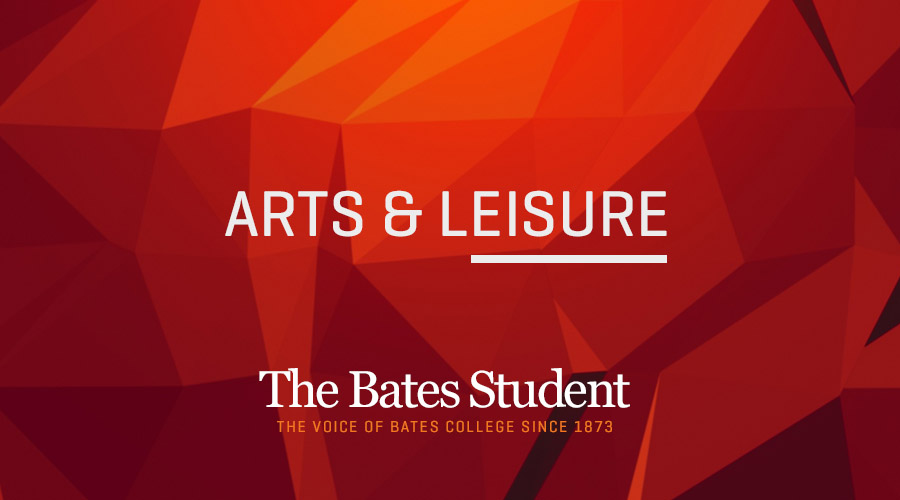
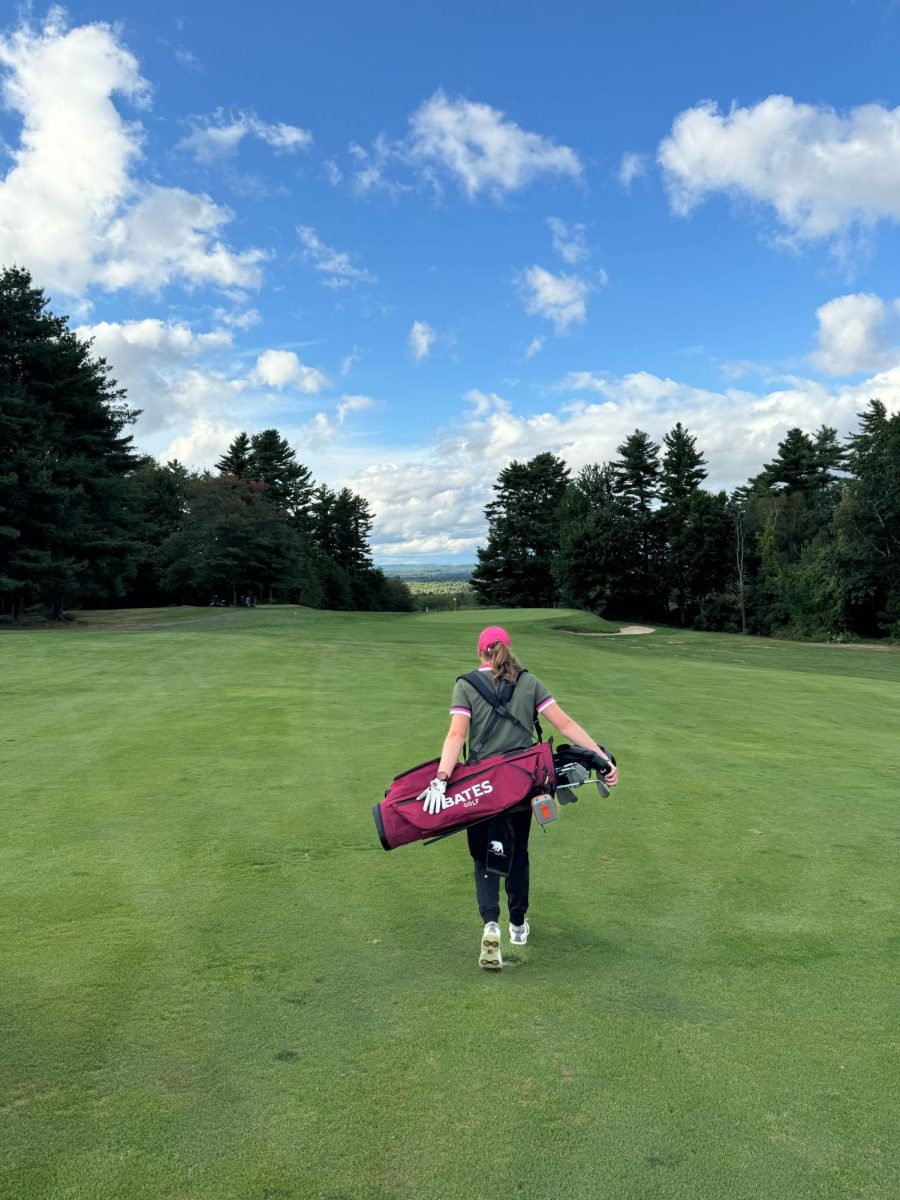

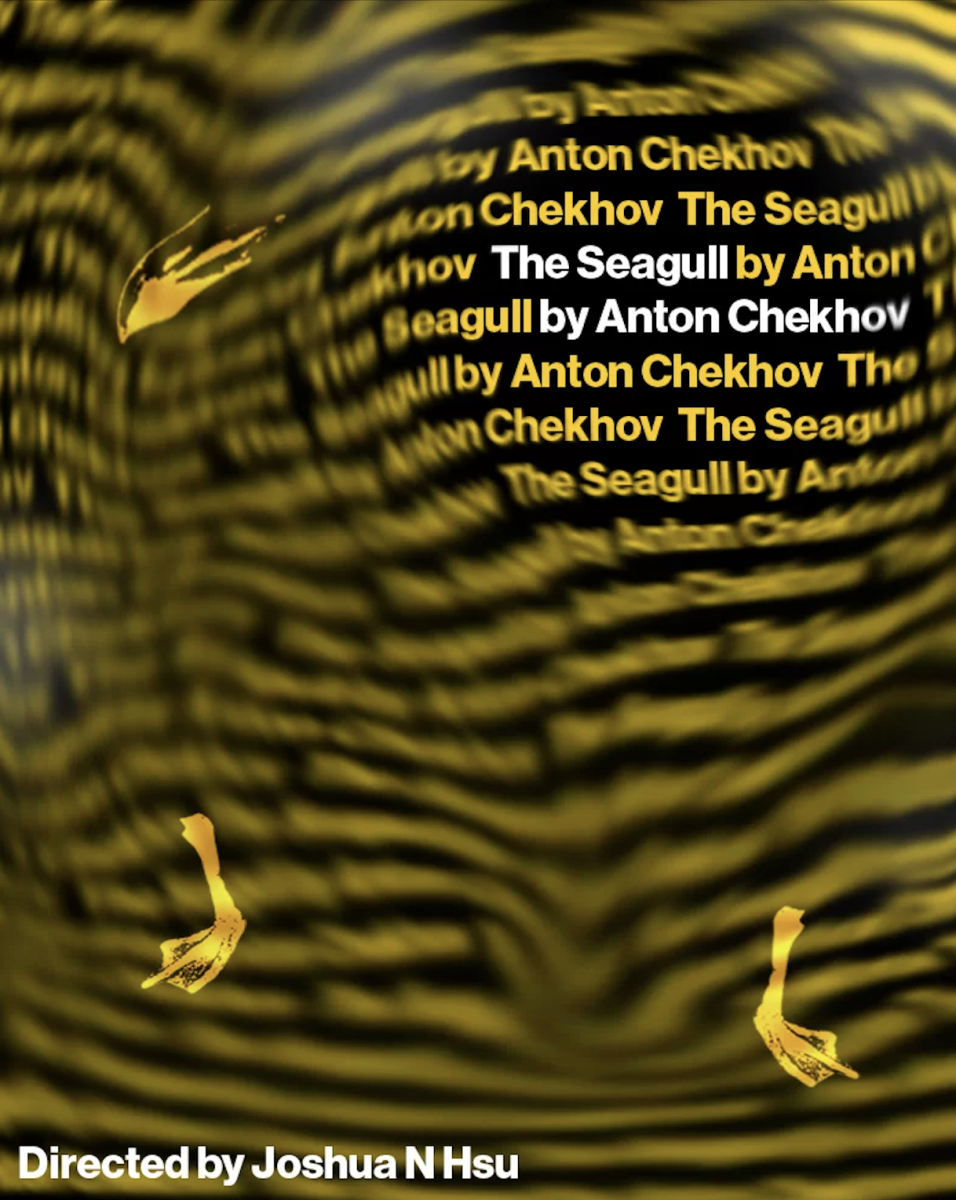

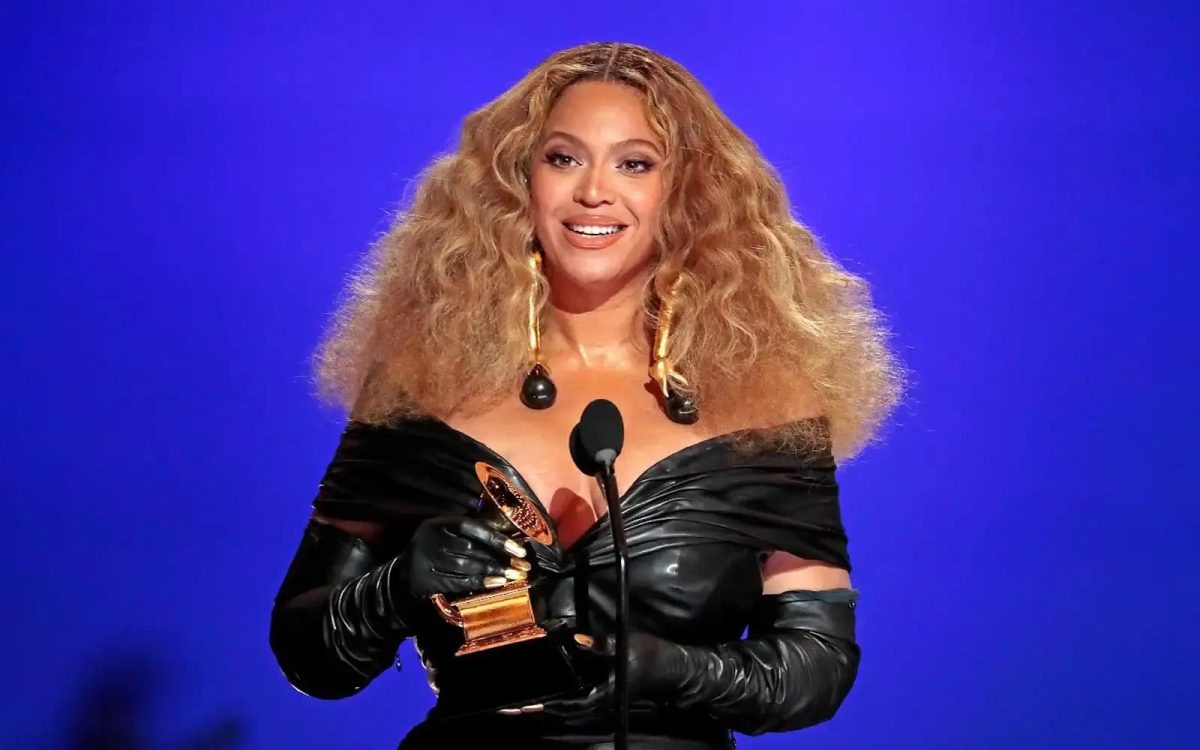
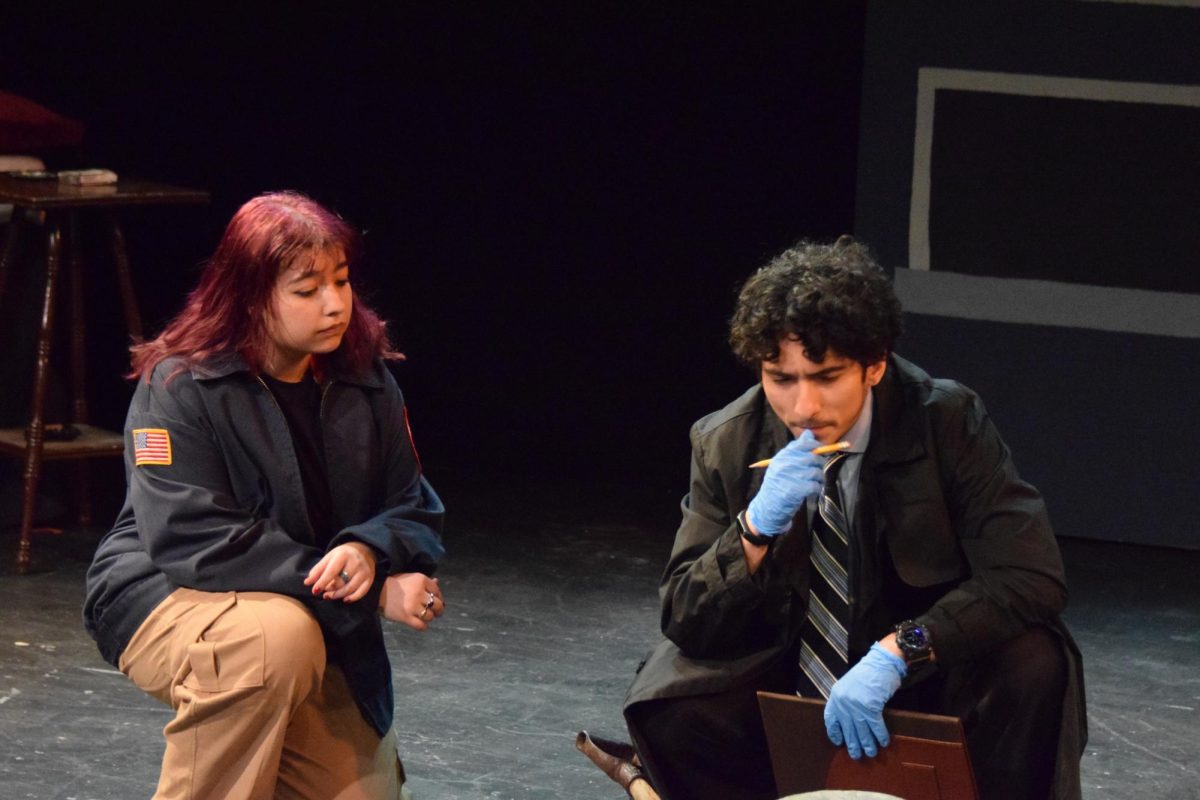
Joshua Abraham Weintraub • Oct 10, 2024 at 12:09 AM
What happened to Hillel at Bates? I would love to attend a Seder like this but find the JSu to be inadequately suited for that task.